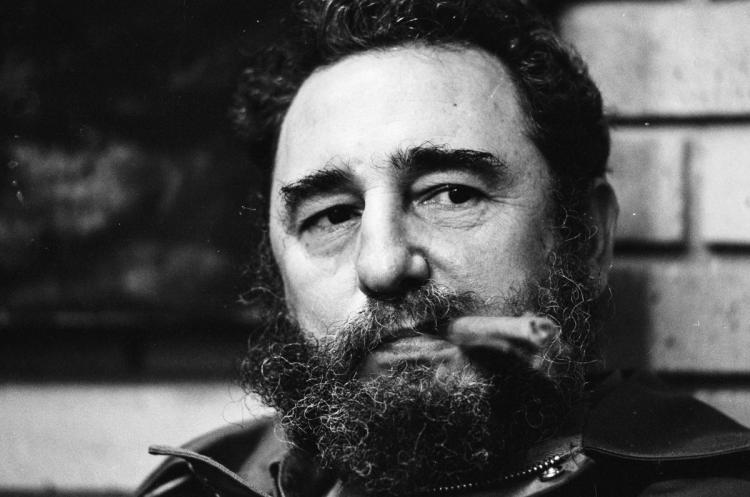<p style="text-align: justify;"><span style="font-weight: 400;">Cigars have been smoked in the Americas since long before the Europeans came to the islands. Christopher Columbus was the very first explorer to bring the rolled tobacco leaves that the Tainos smoked in Cuba to Europe, where it quickly boomed in popularity. Within a couple of centuries, cigar smoking was very common throughout Europe and the colonies it established around the world including new places like the Philippines. </span></p>
<h3 style="text-align: justify;"><b>What Makes a Black Cigar?</b></h3>
<p style="text-align: justify;"><span style="font-weight: 400;">Types of cigars are referred to depending on their colors. The</span><span style="font-weight: 400;"> black cigar</span><span style="font-weight: 400;"> is one of many wraps, known for its distinctive coloring and look. More technically called oscuro, the coloring is caused by an extra-long fermentation process on the outer wrapping. They are made from the same leaves as the next closest dark brown Maduro wraps, but the added fermenting time is done to make them even darker in color and strengthen the flavor. Some people call them double Maduro cigars.</span></p>
<h3 style="text-align: justify;"><b>Brief History of Cigars</b></h3>
<p style="text-align: justify;">In 1899, the US was the second larger consumer of tobacco products in the world, with the average person smoking 5 pounds per year. The Netherlands had the highest smoking rate, however, with a per-person average of 7 pounds a year. Even children were seen smoking tobacco, with some observers noting that six-year-olds in the country were smoking on “big black cigars.”</p>
<p style="text-align: justify;">Cigar factories were a major employer for many people in the United States, the Caribbean, and Central America. By 1929 Tampa, Florida became known as “the Cigar Capitol of the World” when thousands of workers, leaves, and dollars flowed into the city after Vincente Ybor moved his cigar factory to the area now known as Ybor City. Other manufacturers from Cuba, Key West and New York joined him there, and the business boomed. Over time, though, machine rolled cigars became the norm, and only a few special manufacturers still make the classic hand-rolled cigars for their customers.</p>
<h3 style="text-align: justify;"><b>Special Brands of Black Cigars</b></h3>
<p style="text-align: justify;">In the 1850s, the John Middleton company started business. They made pipe tobaccos for years, and ran a very steady, popular line of pipe tobaccos without touching the cigar industry. Then, a hundred years later, innovators at the company wanted to change the way their tobacco was experienced by their customers. Rather than find a new bowl, they found a way to make black filtered cigars out of pipe tobacco. The “Black and Mild” cigar was born and became the number one selling cigar by dollar figure and units in 1996.</p>
<p style="text-align: justify;">There are always more black filtered cigars coming out on the market. The Cohiba Black was unveiled in Las Vegas in 2006. In the past decade it has grown very quickly in popularity, mainly because of its unique, discerning flavor. It is wrapped with a Conneticut Broadleaf wrapper, which is then aged for three or more years in a special covering called a tercio. When the tercio is removed, it is ready to be packaged and sold. Because of its long aging process, it has a special flavor which makes it sought after by many cigar connoisseurs.</p>

A Brief History Of Black Cigars
